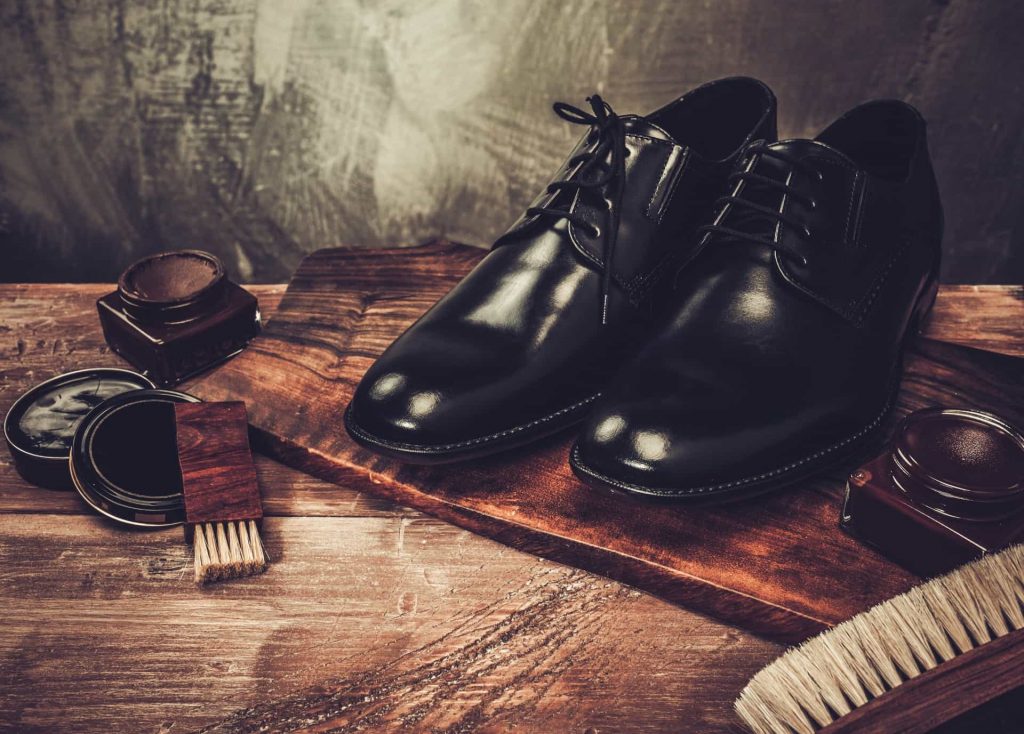Footwear is assessed to have begun its long history of human use during the Ice Age exactly 5 million years back. Cruel climate conditions are said to have made the need for footwear.
Different confirmations show that footwear reached use toward the finish of the Paleolithic Period, at about a similar time the early people took in the specialty of calfskin tanning.
Early bits of footwear were made of wrappings, normally made of cowhide or dried grasses. Later on pieces were created from an oval bit of cowhide which is limited by a bit of solid calfskin thongs. Shoes, which are the first created footwear, are the replacements to these wrappings.
In Egyptian burial service chambers, works of art show the various stages in the readiness of cowhide and footwear. The pictures additionally show that in Egypt, footwear portrayed force and class.
The Pharaohs’ shoes were recognized by the turned up toes, a trademark which is absent in the ordinary people’s footwear. Egyptian shoes were made utilizing straw, papyrus, or palm fiber.Later on, Egyptian ladies embellished their footwear with valuable stones and gems.
Material confirmations demonstrated that the Greeks cherished and took great consideration of their feet by utilizing distinctive footwear for various exercises. Greek ladies started wearing shoes to imply their social class. Their footwear implied magnificence, class, refinement, and lavishness.
It has been said that Greek ladies of awful notoriety pulled in men by wearing raised shoes. These shoes make a “rattling” stable when the wearer moves, and this sound was considered as an emblematic displaying of sexual charms.
In Mesopotamia, calfskin wrappings are attached to the feet by a piece of a similar material.
Romans, then again, made strong calfskin thongs so their armies can make a trip to places by walking. It is additionally accepted that foot obsessions started with the Romans when Senator Lucius Vitellus oftentimes kissed the shoe of his escort which was covered up in his tunic.
In Rome, footwear likewise displayed social class. The diplomats wore white shoes, the legislators wore earthy colored shoes, and the uniform footwear for the remainder of the district was a short pair of boots that revealed the toes.
In any case, in these early civic establishments, footwear demonstrated societal position. Footwear comprises of articles of clothing that are worn over the feet. They are worn basically for assurance and cleanliness, yet in addition for style and decoration.

